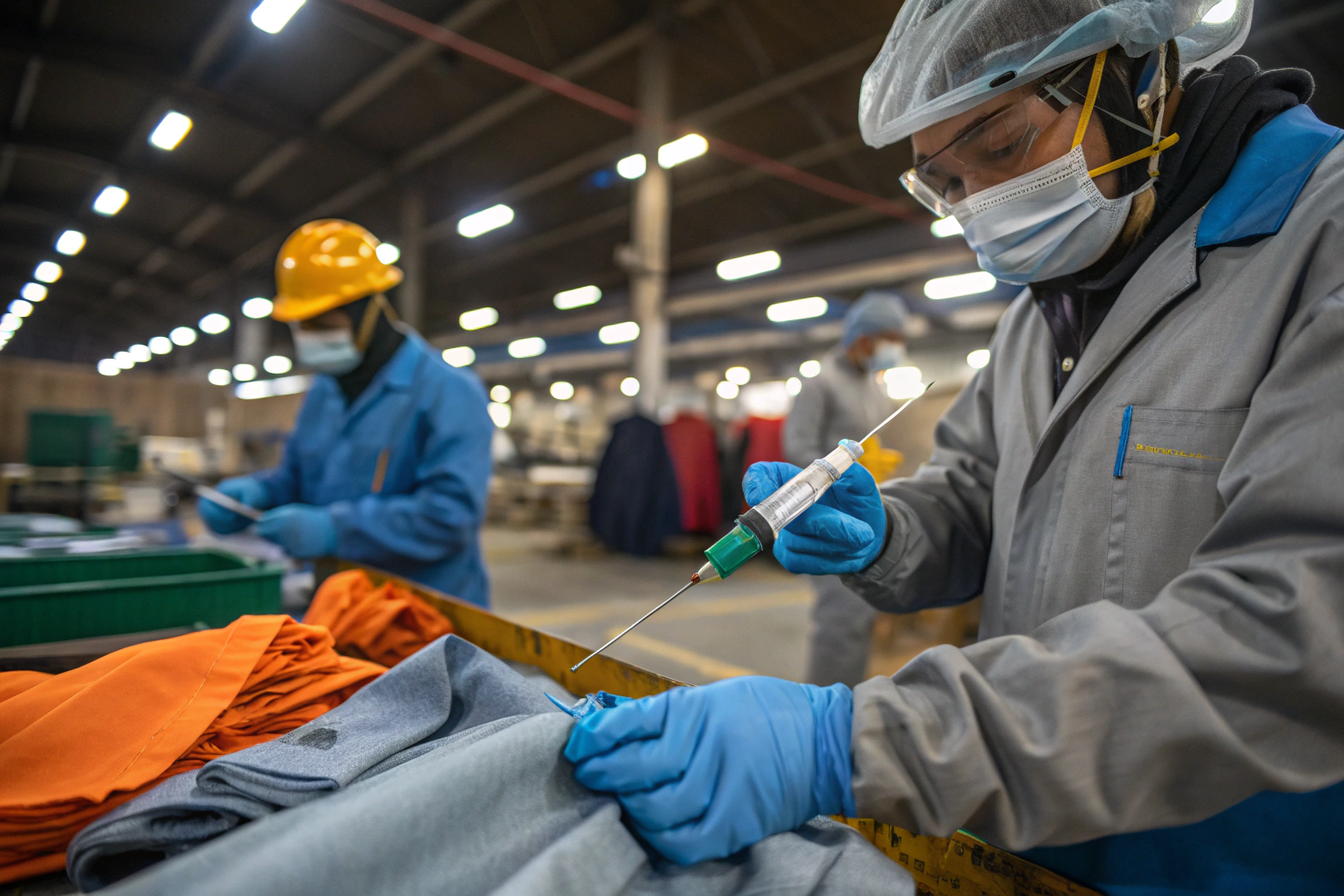When it comes to protective clothing and fabrics, safety is always the top priority. Workers in industries like construction, manufacturing, and glass handling are constantly at risk of injuries caused by sharp objects. If the protective fabric fails, even for a second, the consequences can be serious. That’s why buyers, brand owners, and fabric manufacturers all ask the same question: how do we know if a fabric is truly cut-resistant? This is where ASTM F2878 comes in.
ASTM F2878 is the international benchmark for measuring cut resistance against fine, sharp objects like hypodermic needles. Unlike other standards that focus on general blade resistance, ASTM F2878 specifically evaluates puncture and cut hazards that occur in high-risk environments.
Many global buyers now make ASTM F2878 compliance a requirement. For fabric manufacturers like us at Fumao Fabric, understanding and applying this standard helps us deliver safe, high-quality, and internationally recognized products.
What Does ASTM F2878 Measure Exactly?
ASTM F2878 measures how resistant a fabric or glove is against punctures and cuts from fine-tipped objects, especially medical needles. Unlike broader cut resistance standards such as EN 388 or ANSI/ISEA 105, this test simulates real-life hazards faced by healthcare workers, recycling staff, or industrial employees handling fine sharp tools.
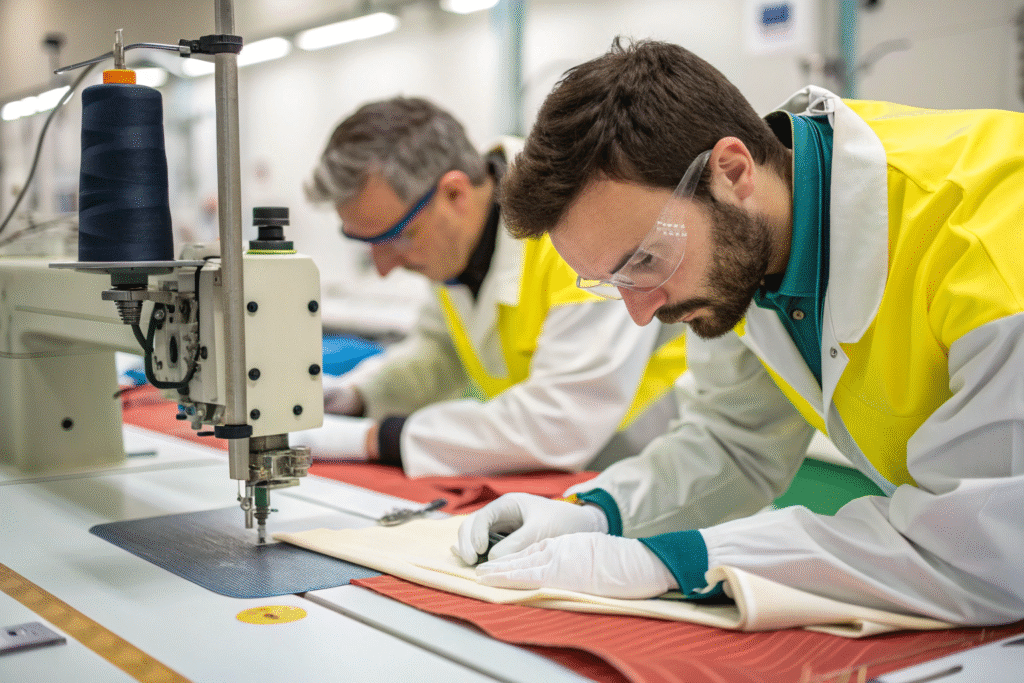
Why Is This Test Different From Others?
Most cut tests use blades with wider edges. But many accidents come from much sharper, needle-like objects. ASTM F2878 fills this gap by measuring resistance against hypodermic needles of different gauges. This allows safety managers and procurement officers to select fabrics based on realistic risks rather than general assumptions.
How Is the Test Performed?
The test uses specific needle gauges (21G, 25G, and 28G) that apply force onto the fabric sample until penetration occurs. The average force required to puncture the material is then calculated. This gives buyers a clear and quantitative understanding of how strong the fabric is against fine-point hazards.
Why Should Buyers Care About ASTM F2878?
For buyers, ASTM F2878 certification is not just a technical number. It is proof of safety, compliance, and reliability.
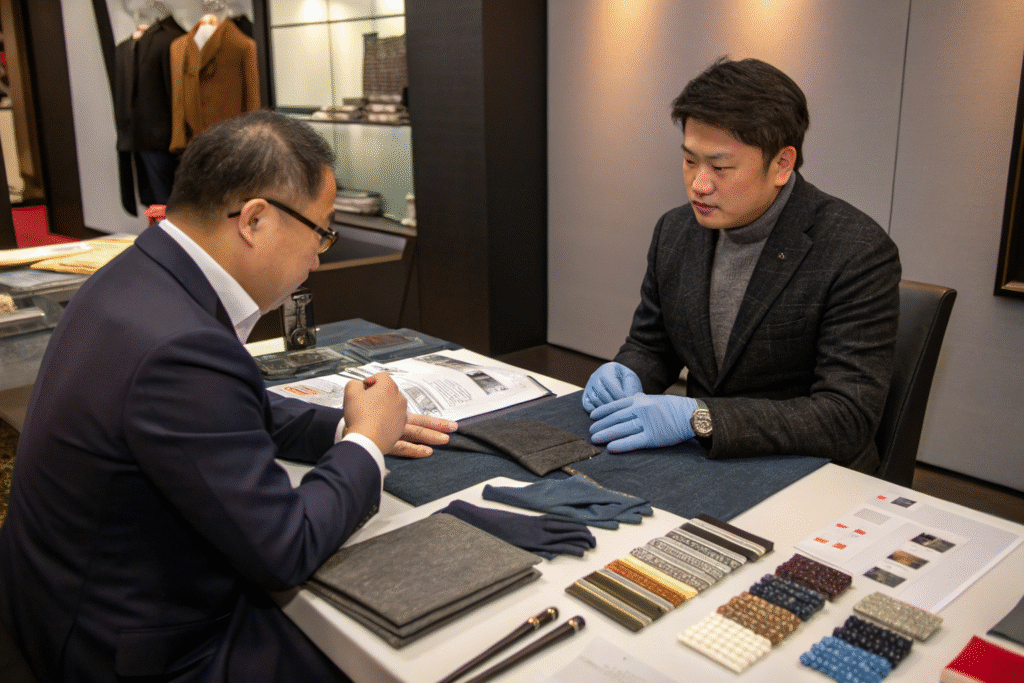
Does It Impact Worker Safety Directly?
Yes, absolutely. Needle stick injuries are a major concern in medical and industrial fields. Choosing fabrics tested under ASTM F2878 reduces the chance of workplace accidents and provides peace of mind for both employers and employees. You can see practical guidance from OSHA that highlights the importance of preventing needle-related injuries.
Does It Affect Compliance and Market Access?
In many regions, including the U.S. and Europe, ASTM F2878 compliance is often required for procurement contracts. Retailers and international buyers are also more willing to source from suppliers who follow globally recognized standards. In fact, meeting ASTM requirements can be a deciding factor in securing contracts with safety-focused brands.
How Do Fabric Manufacturers Achieve ASTM F2878 Certification?
At Fumao Fabric, we work closely with accredited labs to ensure that our fabrics meet or exceed ASTM F2878 standards.
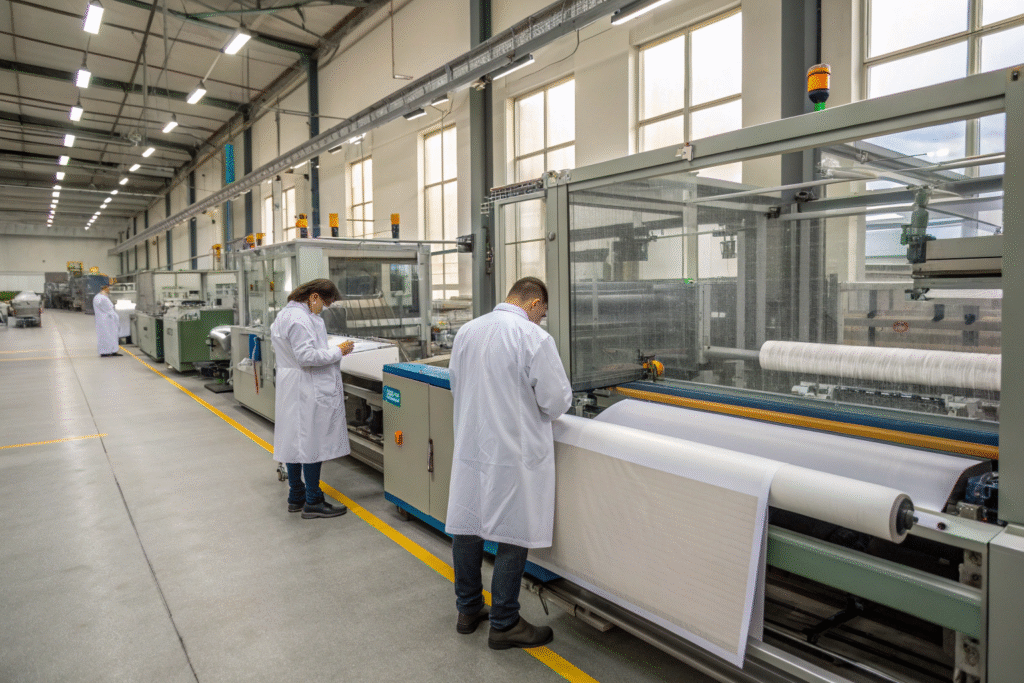
What Role Does Fabric Construction Play?
The choice of fiber and weave is critical. Fabrics using high-performance fibers such as Kevlar or high-density polyester blends often score higher in tests. Tight weaves and innovative knitting techniques can also significantly increase puncture resistance.
Why Is Independent Testing Important?
Self-claimed performance is not enough in today’s global market. Buyers expect certification from third-party labs like SGS or Intertek. Independent testing ensures objectivity and provides legal assurance in case of disputes.
What Are the Future Trends for Cut Resistance Testing?
The field of protective fabrics is evolving rapidly. Buyers today want not just safety, but also sustainability and comfort.
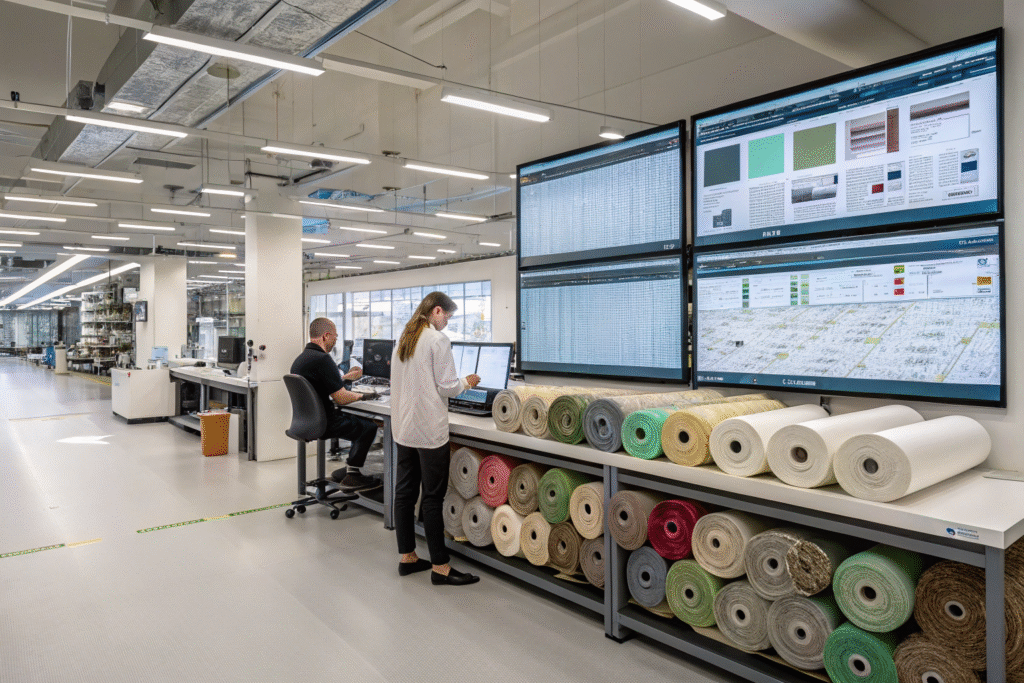
Will Eco-Friendly Materials Pass ASTM F2878?
Yes, advancements in recycled polyester and bio-based fibers show promising results. With the right processing, eco-friendly fabrics can match or even surpass traditional synthetics in puncture resistance.
How Will Technology Improve Testing?
AI-driven simulations and smart textiles will likely redefine cut resistance testing. For example, fabrics may be developed with built-in sensors that alert users when the material is compromised. This would make compliance not only about passing lab tests, but also about real-time workplace safety.
Conclusion
ASTM F2878 is critical because it bridges the gap between general cut resistance and real-world hazards. For global buyers, it represents trust, compliance, and worker safety. For manufacturers like us at Fumao Fabric, it is both a responsibility and a competitive edge.
If you are sourcing protective or technical fabrics and want to ensure ASTM F2878 compliance, we invite you to contact us. Our Business Director Elaine is available at elaine@fumaoclothing.com to discuss how we can co-create safe, reliable, and innovative fabric solutions for your brand.

